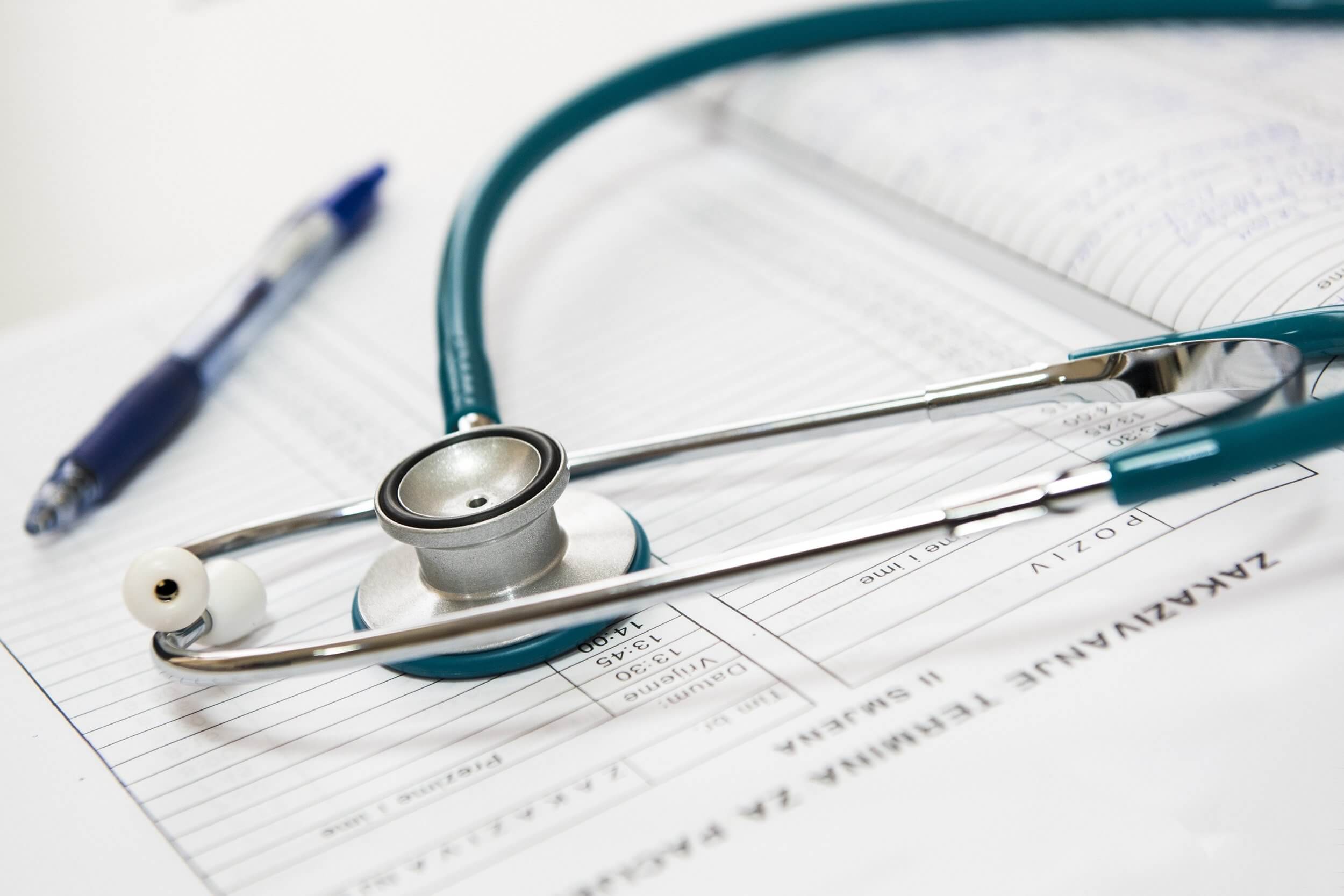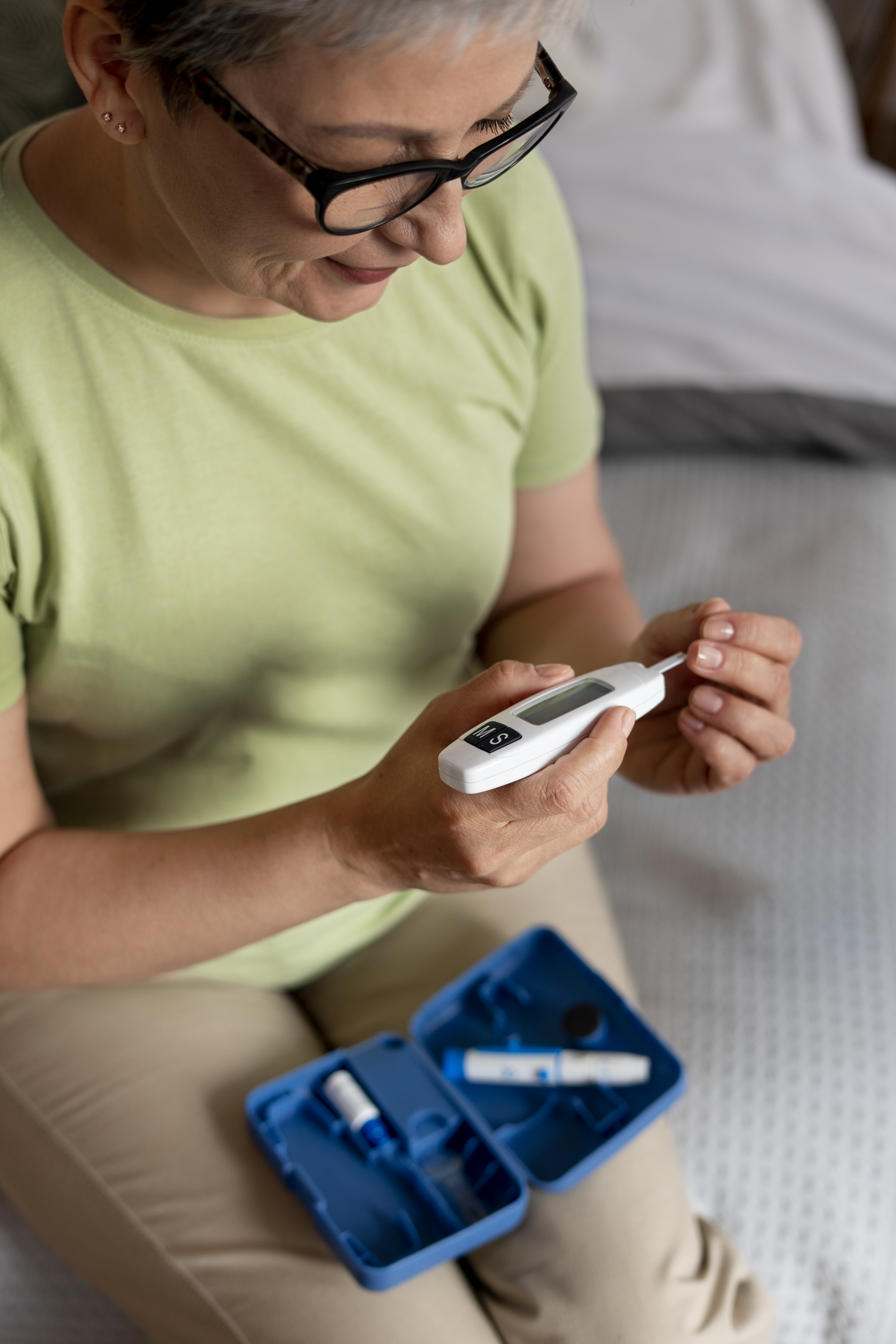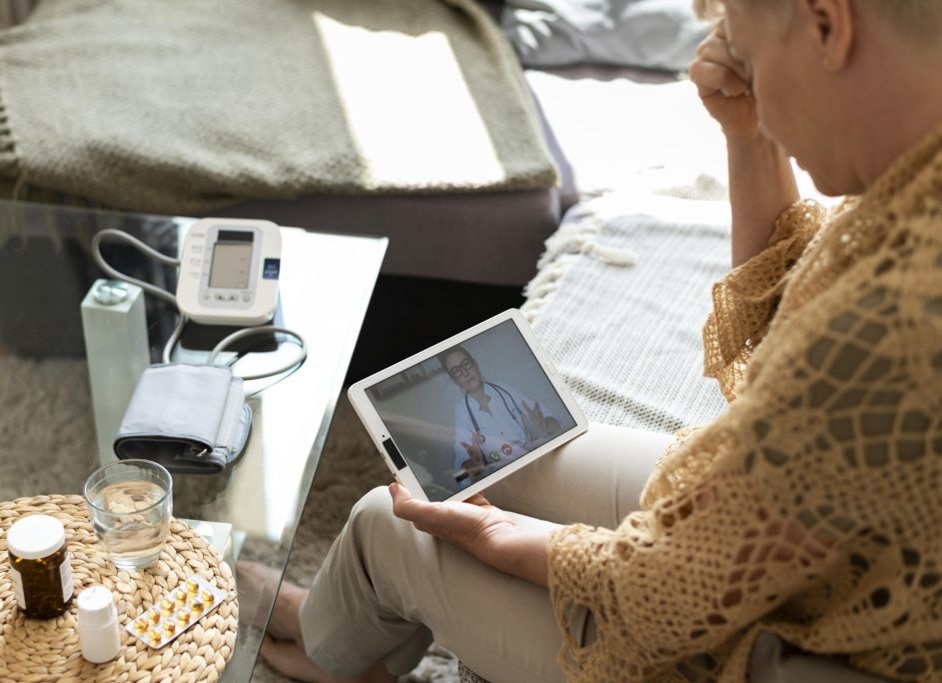
According to the American Diabetes Association, one in eleven Americans have diabetes. Of the 23.1 million Americans living with this condition, about 32% are prescribed insulin either as monotherapy or in combination with oral antidiabetic medications to treat their high blood sugar. A cornerstone of effective diabetes management, especially for patients taking insulin, is monitoring blood glucose levels.
The Importance Of Glucose Monitoring:
Glucose monitoring is an essential tool to evaluate a patient’s response to therapy and determine if glycemic targets are being achieved.
- Glucose monitoring can help detect and alert to episodes of hypoglycemia and hyperglycemia as well as offer insight into how stress, diet, exercise, and medication impact blood glucose fluctuations and levels throughout the day.
- It can offer healthcare providers information to optimize medication therapy in an effort to reach overall treatment goals.
Not that long ago, self monitoring blood glucose (SMBG) meters were the only available devices for home blood sugar monitoring for the millions of patients living with diabetes. Since these allow for the patient to decide when to test his or her blood sugar level, the data provided is both intermittent and time specific. Many times overnight and post-prandial blood glucose levels go unchecked, making it difficult for patients and their practitioners to identify fluctuations in blood glucose levels.
Positive Aspects Of Continuous Glucose Monitoring Systems:
The introduction of personal continuous glucose monitoring systems has revolutionized diabetes management for both type 1 and type 2 diabetic patients that rely on exogenous insulin for blood glucose control. Because these patients are dependent on exogenous insulin as part of their diabetes management, they are more susceptible to episodes of blood glucose fluctuations and hypoglycemia. Studies have shown that CGM can improve long-term glucose control, increase the amount of time blood glucose levels are in a healthy range, and reduce episodes of hypoglycemia. The American Diabetes Association states, “Our position on CGM is that this new technology can offer diabetic patients a major advance in improving A1C values and reducing the occurrence of disruptive hypoglycemia.”
While the currently available CGM models may differ with respect to device features, they all share similarities in functionality. They are all composed of 3 basic parts: a sensor, a transmitter, and a receiver.
- The sensor continuously monitors blood glucose readings in the interstitial fluid under the skin.
- A small wire in the sensor connects to a reusable transmitter that gathers and interprets the glucose level and transmits the reading wirelessly to an insulin pump, smartphone, tablet, or a device monitor depending on the model.
- Daily activities such as meal times, exercise, or take insulin can also be entered and tracked on the receiver.
Unlike SMBG meters, CGM technology captures blood glucose levels in real time throughout the day, usually in five minute intervals. This allows patients to see how their levels fluctuate over the course of a few hours or even days in response to diet, periods of physical activity or exercise, and medication. CGM systems can identify trends in blood glucose fluctuations as well as episodes of hyper- and hypoglycemia. Depending on the model, an alarm feature may be available to alert the user when blood glucose levels are quickly falling or rising.
Limitations Of Personal CGM Systems:
Personal CGM systems are not without limitations. Even though blood glucose levels are continuously monitored, a finger stick is still required on many of the models for the purpose of calibration or treatment decisions. The high cost associated with CGM systems and limited healthcare coverage can be prohibitive, limiting patient access. Researchers and developers continue to work on improving features such as accuracy, easy of use, and increased life span of device sensors, all of which are concerns with many models available on the market today.
Current Impacts On Diabetes Management:
Regardless of some design limitations of currently available CGM systems, the detailed information these systems gather and provide to both patients and their healthcare providers can significantly impact diabetes management. Patients are able to gain valuable insight into their glucose levels and rates of fluctuations. This can help patients, along with their practitioners, to proactively manage their diabetes through drug therapy as well as lifestyle and dietary modifications.
CGM is an advanced way for people living with diabetes to keep track of their blood glucose levels in real time and monitor levels over a period of time. These systems will likely evolve to play a vital and central role in diabetes management and blood glucose control, helping patients achieve glycemic targets and maintain near normal blood glucose levels. CGM technology can help patients and healthcare providers make significant improvements in treatment outcomes as well as greatly reduce the incidence of diabetes-related complications.
Stay Tuned For Continuous Blood Glucose Monitoring Systems Part 2: How One Company Is Leading The Way In Technology Innovation And Advances In Patient Care.
References:
Russel SJ. (2017). Continuous Glucose Monitoring. U.S. Department of Health and Human Services. National Institute of Diabetes and Digestive and Kidney Diseases. Retrieved from: https://www.niddk.nih.gov/health-information/diabetes/overview/managing-diabetes/continuous-glucose-monitoring
.ADA: American Diabetes Association. (2019). Diabetes Technology: Standards of Medical Care in Diabetes-2019. Diabetes Care. 42(Supplement 1): S71-S80. Retrieved from https://doi.org/10.2337/dc19-S007
Slattery D, Choudhary P. (2017). Clinical Use of Continuous Glucose Monitoring in Adults with Type 1 Diabetes. Diabetes Technol Ther. 1; 19(Suppl 2): S-55–S-61. Retrieved from https://www.ncbi.nlm.nih.gov/pmc/articles/PMC5444504/
Rodbard D. (2017). Continuous Glucose Monitoring: A Review of Recent Studies Demonstrating Improved Glycemic Outcomes. Diabetes Technol Ther. 1; 19(Suppl 3): S-25–S-37.. Retrieved from https://www.ncbi.nlm.nih.gov/pmc/articles/PMC5467105/
American Diabetes Association. (2019). Fast Facts: Data and statistics about diabetes. Retrieved from https://professional.diabetes.org/sites/professional.diabetes.org/files/media/sci_2019_diabetes_fast_facts_sheet.pdf
Healthwise staff. (2018). Continuous Glucose Monitoring: Topic Overview. Kaiser Foundation Health Plan of Washington. Retrieved from https://wa.kaiserpermanente.org/kbase/topic.jhtml?docId=abk4683
American Diabetes Association. (2008). Continuous glucose monitoring: The future of diabetes management. Diabetes Spectrum. 21(2): 112-119. Retrieved from https://doi.org/10.2337/diaspect.21.2.112








